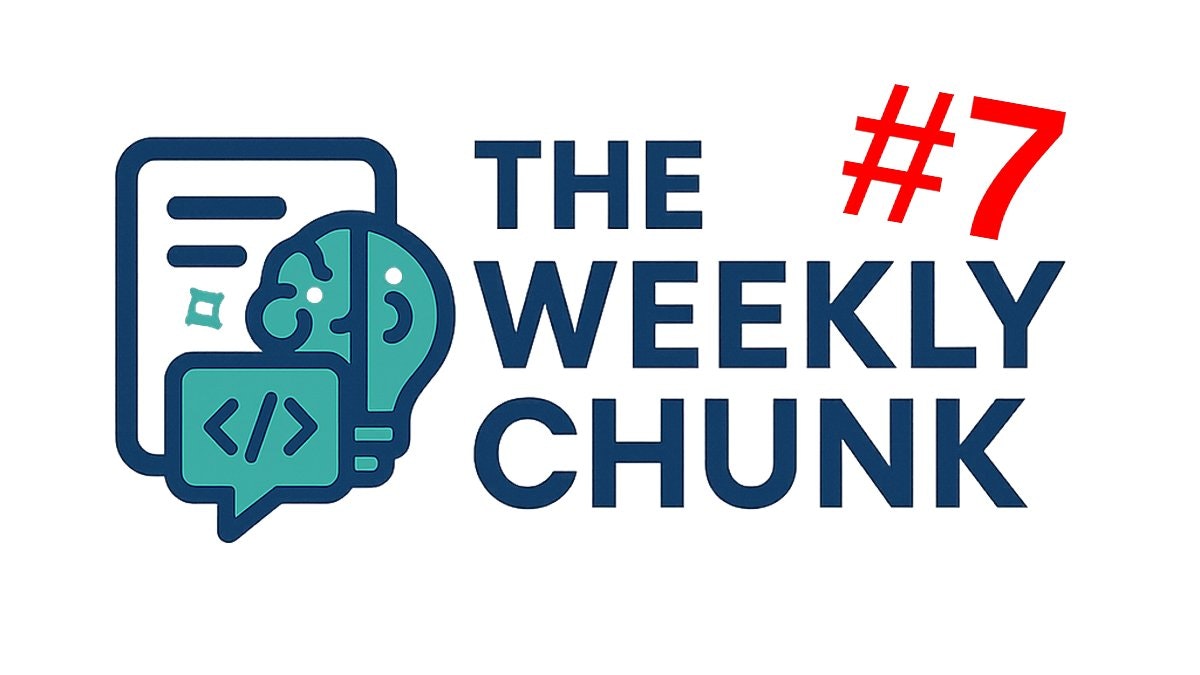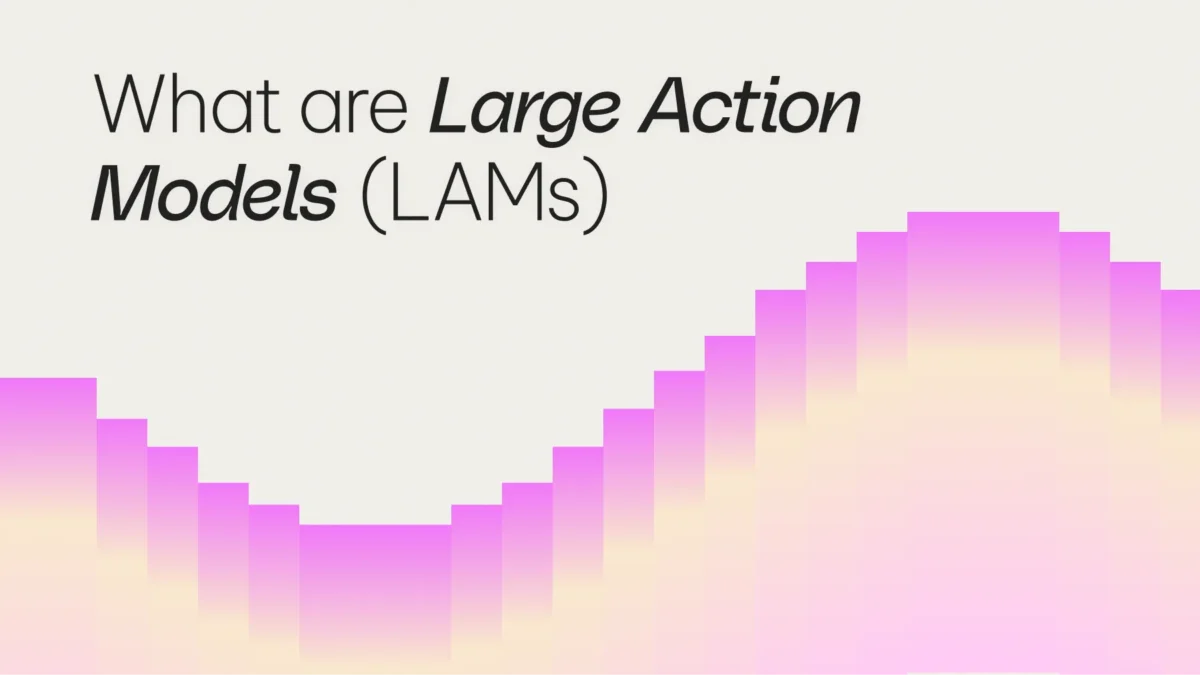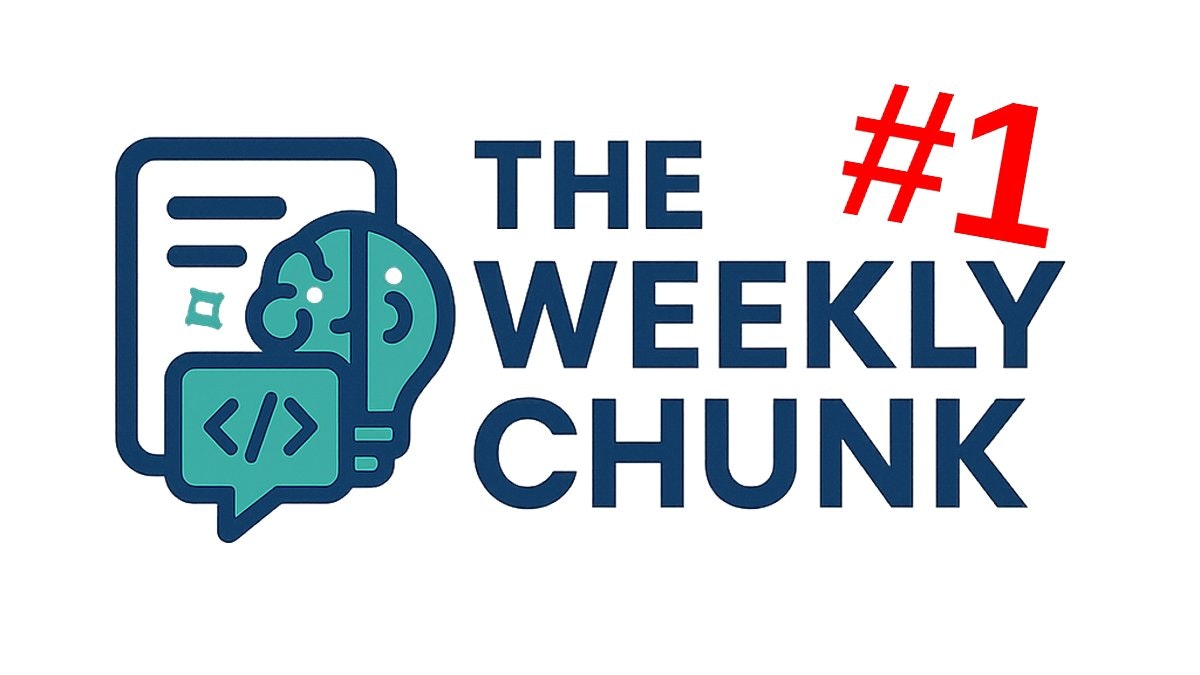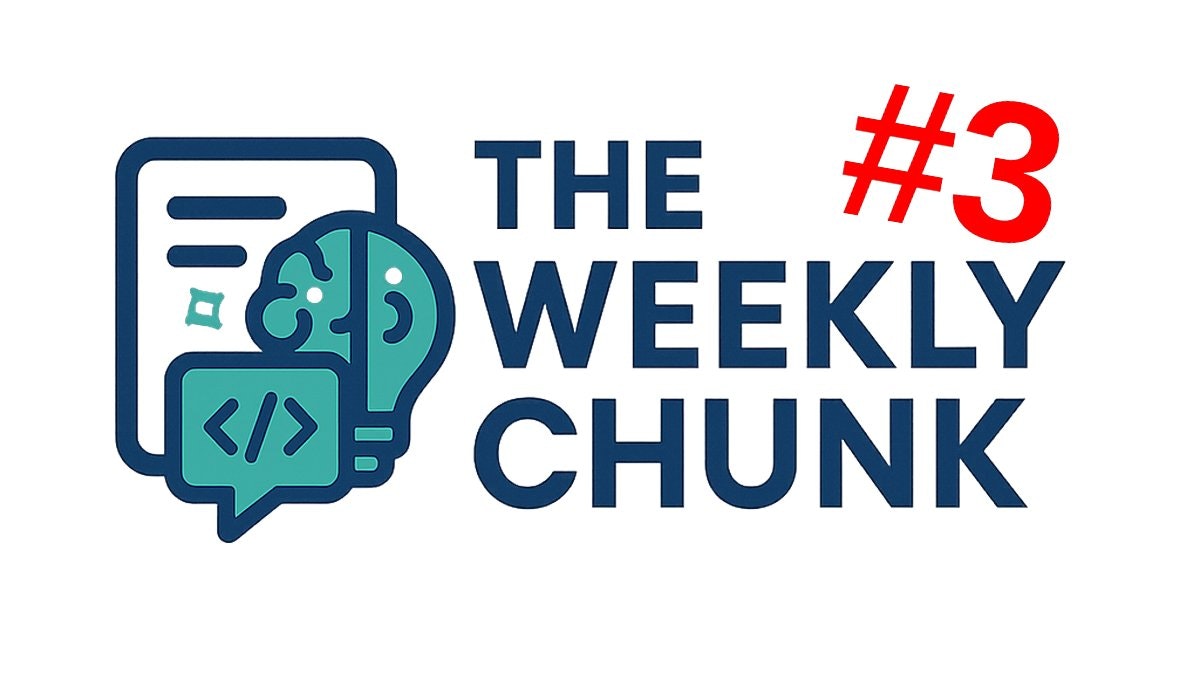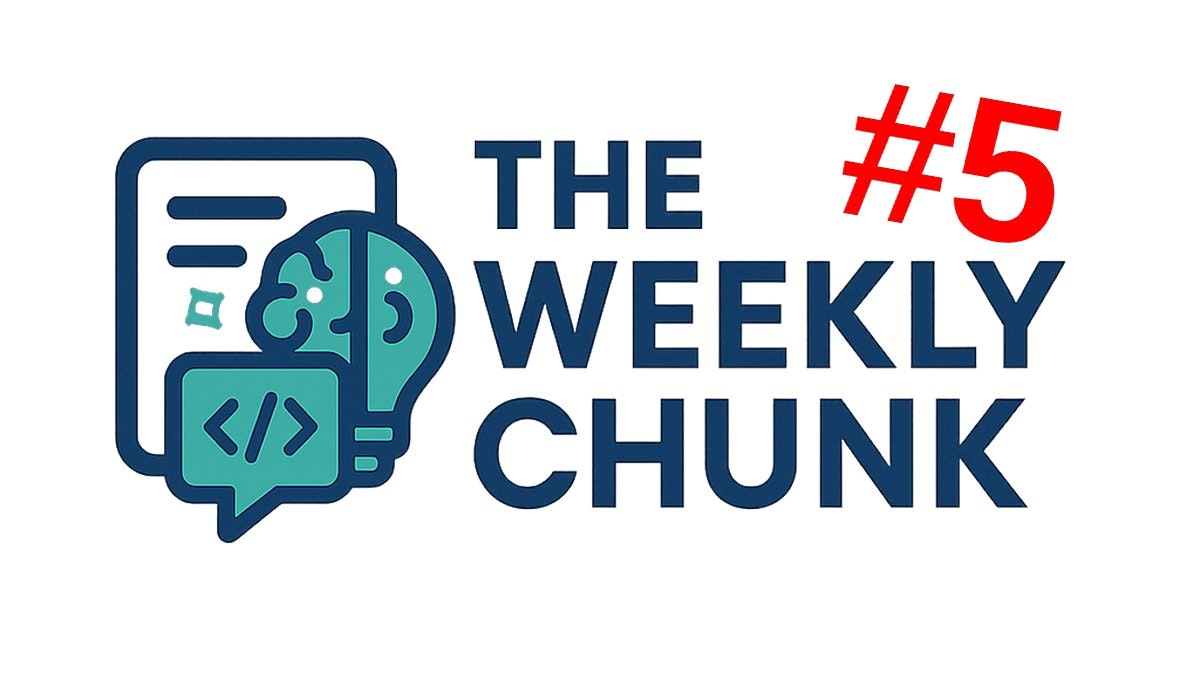Your weekly AI deep dive. Explore the rise of Large Action Models (LAMs), build production-ready RAG apps, and learn why it's time to rethink Linked Data.
What if the best practices you've spent years mastering are suddenly becoming obsolete? The pace of innovation is so relentless that foundational principles are being challenged and rewritten in real time. We're moving past the initial excitement of generative AI and into a more demanding phase of pragmatic implementation, where the goal is no longer just to generate text, but to drive autonomous action, navigate the complexities of global languages, and build systems that are both powerful and practical. This shift requires us to question long-held assumptions and adapt to a landscape where yesterday's theory is today's technical bottleneck.
This week's digest is dedicated to helping you navigate this new terrain. We explore the next frontier of AI with Large Action Models (LAMs), which are designed not just to respond, but to act on your behalf, revolutionizing enterprise automation. We'll also unpack groundbreaking research on long-context models that completely upends conventional wisdom about in-context learning, revealing that quantity of examples may now trump quality. For those in the technical trenches, we offer deep dives into building robust RAG applications with OpenSearch, the unique challenges of non-English RAG, and a provocative argument for abandoning the outdated "shibboleths" of linked data. Prepare to update your playbook and gain a critical edge.
Large Action Models (LAMs) are the next step beyond LLMs, shifting AI from passive text generation to proactive execution. While LLMs respond with words, LAMs are designed to act-autonomously executing tasks, automating workflows, and making decisions. This makes them a powerful force for enterprise automation.
Key applications include automating marketing, optimizing supply chains, and enhancing decisions in finance and healthcare. However, challenges include high costs and security risks. Notably, 55% of organizations avoid certain AI uses due to privacy concerns, highlighting the need for robust governance, especially in high-stakes environments.
For businesses, LAMs offer a competitive edge through superior efficiency and automation. Early adopters can free human teams to focus on strategy and innovation. Success hinges on strategic implementation with strong oversight to manage risks and realize the full potential of AI-driven execution.
Liza from BigData Boutique delivers a detailed crash course on building RAG applications using OpenSearch. The session outlines a three-stage architecture: 1) Document Processing, 2) Retrieval, and 3) Generation. It emphasizes that data exploration—understanding document structure, hierarchy, and relevance—is the most critical first step.
The course uses an insurance policy Q&A system as a running example. It covers key technical steps like chunking strategies, creating semantic embeddings, and ingesting data into OpenSearch. A major focus is on the retrieval phase, advocating for a powerful hybrid search approach that combines keyword, filter-based, and semantic vector search to find the most accurate context.
Finally, the video addresses crucial production considerations, including system reliability, cost management (logging tokens), and the probabilistic nature of LLMs. It strongly recommends building a robust evaluation framework based on a pre-defined set of questions to continuously monitor and ensure the quality and accuracy of the RAG system.
Multilingual Retrieval-Augmented Generation (RAG) faces unique challenges beyond simple translation. While English RAG systems benefit from robust embeddings and straightforward tokenization, non-English languages introduce complexities in morphology, token density, and cultural nuances. Morphologically rich languages like Polish and languages without word boundaries like Chinese require advanced chunking and token management to preserve meaning. Token disparities increase costs, storage, and processing time, demanding dynamic chunk sizing and normalization strategies.
Embedding quality is critical. Models such as BGE-Multilingual-Gemma2 enhance semantic similarity across languages, but biases and token-length penalties must be addressed. Effective systems must also handle honorifics, idiomatic expressions, and cultural sensitivities, ensuring context-aware responses. Regional compliance further complicates content handling, as legal, financial, and medical documents vary by jurisdiction.
Technical hurdles include Unicode normalization, script variations, and mixed-language text. Optimized strategies involve language-specific embeddings, adaptive chunk sizing, cross-lingual normalization, and script-aware indexing. Continuous monitoring, cost management, and feedback loops from native speakers are vital for improvement.
Key takeaway: Building multilingual RAG requires cultural awareness, technical optimization, and regulatory adaptability. Organizations that master these aspects gain a strategic edge by delivering accurate, context-sensitive, and globally inclusive AI experiences.
The concept of Linked Data, envisioned as a web of interconnected knowledge graphs, is framed as an "interesting failure." While a significant conceptual shift, its practical implementation faltered due to inaccessible graphs, high costs, static design, and poor ontologies, leaving it more a theoretical potential than a reality.
The content argues that many "best practices" from the early, OWL-centric semantic web are now outdated shibboleths (outmoded beliefs). These include prioritizing adaptation over building, designing globally, seeing reification and named graphs as "bad," and believing only expert ontologists can create ontologies. These ideas are challenged as being too rigid and creating long-term maintenance issues.
A modern, pragmatic approach is advocated, using a flexible toolkit of SHACL, SPARQL, and RDF-Star. The key takeaway is to build focused, maintainable ontologies-viewed as evolving "contracts" for data structure-rather than trying to conform to a universal, inferential model. This shift makes semantic data modeling more accessible, powerful, and better suited for real-world, evolving data needs.
A new study on Long Context Language Models (LCLMs) reveals a paradigm shift for In-Context Learning (ICL). Across 18 datasets, researchers found that sophisticated example selection methods offer no significant advantage over simple random sampling, upending the traditional focus on carefully curating examples for smaller context windows.
The key insight is that the challenge has shifted "from selecting the most effective examples to that of collecting sufficient examples to fill the context window." The primary goal is now maximizing context utilization. When existing examples are insufficient, simple data augmentation can substantially improve ICL performance by 5%. The takeaway is clear: for LCLMs, prioritize amassing a large volume of examples over implementing complex selection algorithms to achieve optimal results.
